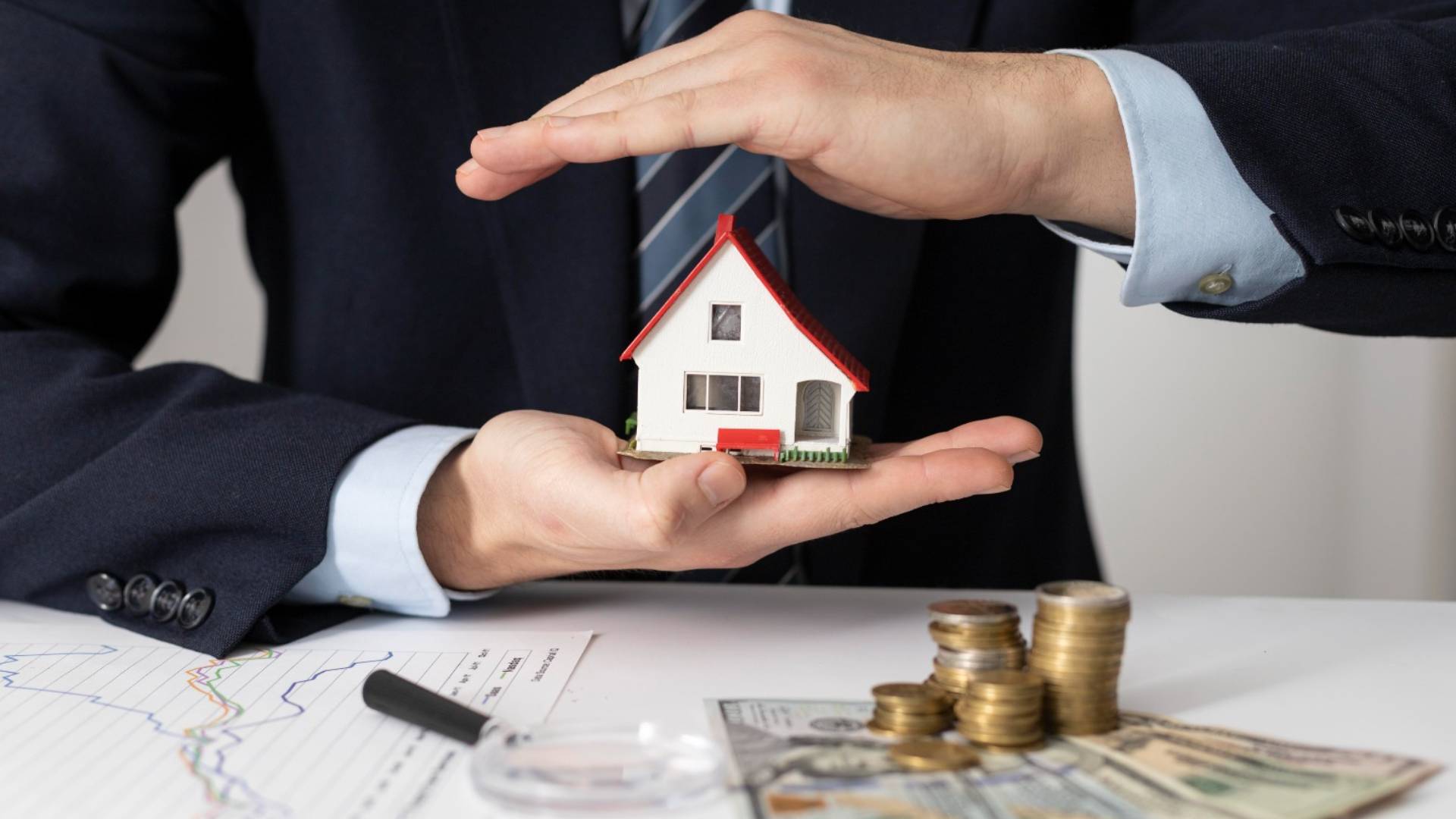Unveiling the Dynamics of Property Developers: The Architects of City Transformation
Unveiling the Dynamics of Property Developers: The Architects of City Transformation
Blog Article
In the dynamic world in real estate development, developers have a pivotal role in shaping communities, landscapes and economics. These people or groups provide the power behind the conception, design of construction, marketing, and even the design of a variety of real estate developments including residential communities to commercial development. Their influence extends far beyond mere construction, as they navigate regulatory frameworks, developments in the market, and social demands. The importance and influence of property developers helps to understand the intricacies of the industry and its larger implications.
In the heart in the business of property developers is the idea of turning empty land or properties that are not being utilized into valuable assets. They analyze the trends of market and assess the requirements of the community, and design projects that satisfy both demands and aspirations. The vision usually involves collaboration with architects, urban planners as well as local officials to ensure that their plans are aligned to zoning rules or infrastructure needs, as well as environmental considerations. From high-end condominiums and mixed-use developments, property developers know how to design and building projects that appeal to diverse demographics and preferences.
But, the desire for the profit motive can clash with the larger societal interest. One of the issues that concern property developers is the trend of gentrification. When they make investments in shabby neighbourhoods or in historical areas properties appreciate attracted by wealthy residents and companies. As this brings new life into once-decaying areas, it also displaces the long-time residents as well as small enterprises and increases the socioeconomic gap. In the battle to balance revitalization with preservation of community identity and affordability remains a significant issue for policy makers and developers alike.
Beyond the mortar and bricks Developers of property have significant influence on the socioeconomic structure of communities. Their projects can catalyze business growth and attract businesses, investors, and people who were once abysmal to the area. by revitalizing areas that have been neglected or recycling old structures, developers are contributing to the cultural and urban revival of cities. But this power of transformation has also raised concerns about displacement, gentrification and the erosion of local identity. As stewards of change developers should engage in open dialogue with the others, while promoting inclusive development which is good for all people in the society. To obtain added information kindly visit Akisama
One characteristic that distinguishes property developers is their ability of collaboration. They put together multidisciplinary teams made up of contractors, engineers and architects and architects to carry out their plan. Communication and coordination is crucial as teams coordinate to turn blueprints into tangible structures. Additionally, developers typically engage with local communities and stakeholders to build support and solve problems. Outreach to communities builds trust and increases the credibility of the project, as well as revealing opportunities to be inclusive and innovative.
The development success of property projects depends not only on their financial viability, but also on the acceptance of society and involvement. Consultation with stakeholders, clear communication, and corporate social responsibility initiatives constitute a key element of ethical development practices. Involving residents as well as NGOs and advocacy groups fosters confidence, promotes inclusion, and ensures that development projects reflect the broader needs of the society. Moreover, incorporating elements of placemaking such as the public art installation, leisure areas, as well as cultural facilities adds to the social fabric of neighborhoods and helps to create a sense of belonging to the residents.